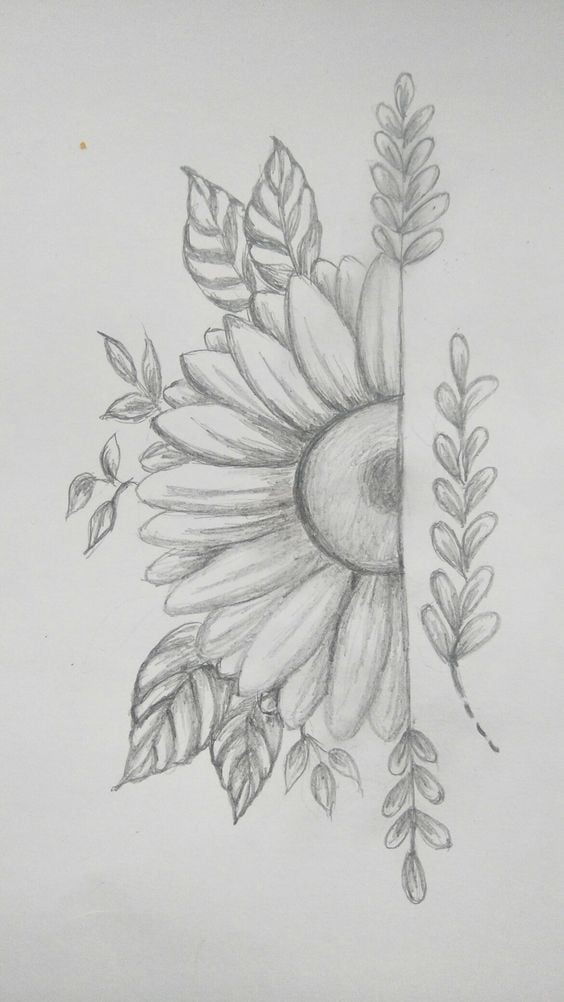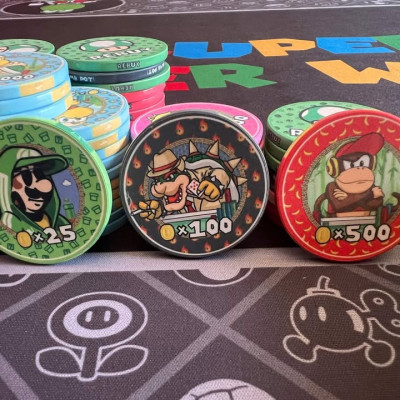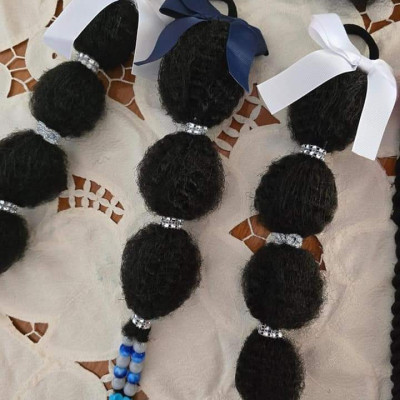Simple Drawing Ideas to Skyrocket Your Skills—Perfect for Beginners!
If you're just starting your drawing journey or looking to improve your skills, the key is to practice regularly with engaging and straightforward exercises. The right drawing ideas can make practice both enjoyable and effective. This guide offers a range of simple drawing ideas designed to help beginners enhance their skills and build confidence.
1. Start with Basic Shapes
a. Draw Geometric Figures:
Begin with basic shapes like circles, squares, triangles, and ovals. Practice drawing these shapes freehand and with precision. This exercise helps improve your control and understanding of proportion.
b. Combine Shapes to Form Objects:
Combine basic shapes to create more complex objects. For example, use circles and rectangles to sketch a simple robot or a house. This practice helps you see how different shapes fit together to form more detailed drawings.
2. Practice Still Life Drawing
a. Simple Objects:
Set up a still life with a few everyday items like a cup, an apple, or a book. Focus on capturing the shape, size, and texture of each object. This exercise helps you practice observing and translating what you see onto paper.
b. Play with Composition:
Experiment with different arrangements of objects. Arrange them in a way that creates interesting shapes and shadows. This will improve your understanding of composition and spatial relationships.
3. Try Doodle Art
a. Simple Doodles:
Start with easy doodles like smiley faces, stars, or abstract patterns. Doodling is a great way to get comfortable with your drawing tools and develop your unique style.
b. Create Doodle Scenes:
Combine your doodles into small scenes or patterns. For example, create a doodle garden with flowers, butterflies, and sun rays. This helps you practice creativity and coherence in your sketches.
4. Sketch Everyday Items
a. Household Objects:
Draw objects you encounter daily, such as a chair, a lamp, or a pair of shoes. Pay attention to details like texture, light, and shadow. Sketching familiar objects helps you improve observational skills and attention to detail.
b. Personal Items:
Sketch items that are meaningful to you, such as a favorite book, a treasured trinket, or your pet. This personal connection can make practice more enjoyable and motivate you to keep drawing.
5. Explore Nature Sketches
a. Leaves and Flowers:
Draw leaves, flowers, or simple plants. Focus on capturing their shapes and textures. Nature sketches are great for learning about different textures and practicing fine details.
b. Outdoor Scenes:
Sketch a simple outdoor scene, such as a park or a garden. Pay attention to elements like trees, benches, and pathways. This exercise helps you practice drawing various elements and creating depth in your artwork.
6. Experiment with Patterns
a. Repeating Patterns:
Draw repetitive patterns like stripes, polka dots, or geometric designs. Patterns help you practice precision and consistency in your drawing.
b. Pattern Combinations:
Combine different patterns to create interesting designs. For example, mix stripes with polka dots or create a patterned background for your sketches. This helps you experiment with different visual effects and styles.
7. Try Quick Gesture Drawings
a. Short Timed Drawings:
Set a timer for a few minutes and quickly sketch a subject, such as a person or an animal. Focus on capturing the essence and movement rather than details. Quick gesture drawings help improve your speed and capture dynamic poses.
b. Dynamic Poses:
Practice drawing dynamic poses, like a person jumping or a dog running. This exercise helps you understand movement and fluidity in your sketches.
8. Draw from Photos
a. Simple Images:
Find simple photographs or illustrations and use them as references for your drawings. Start with straightforward images and gradually move to more complex ones. Drawing from photos helps you practice accuracy and observation.
b. Create Your Own Photo References:
Take photos of interesting subjects and use them as reference material. This allows you to focus on subjects you find inspiring and tailor your practice to your interests.
Conclusion
By incorporating these simple drawing ideas into your practice routine, you can quickly improve your skills and build confidence as an artist. Remember, consistency is key—make time for drawing regularly and don’t be afraid to experiment. With each sketch, you'll see progress and develop your unique style. Happy drawing!






